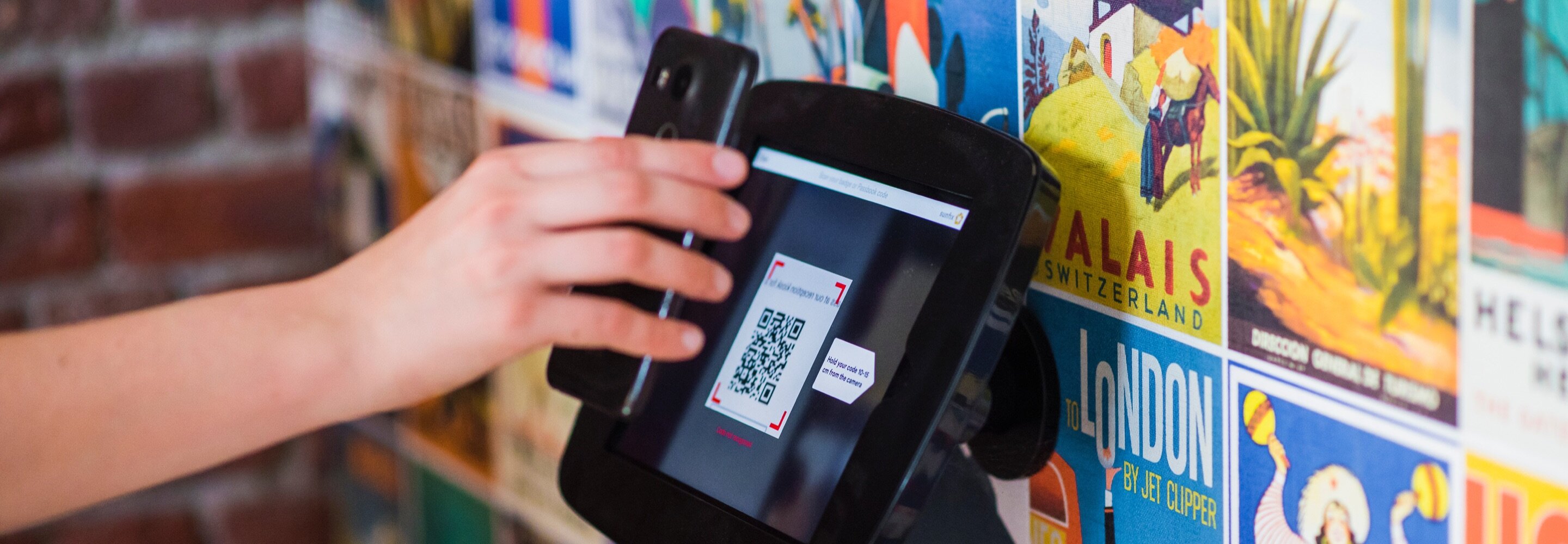
Today’s consumers are more educated than ever before, and more likely to do research on the (food) products they want to purchase. All thanks to the internet. They demand information on food origins, ethical sourcing, certifications and quality. QR codes can help businesses meet these demands. So how does it work?
The journey our food takes from farm to fork is one full of haziness. It’s a journey that consumers want more access to and knowledge about. Thanks to digitalization and the rapid developments of internet technologies, communication has become faster, more convenient and cheaper. With internet within reach, consumers have more access to information than ever before. They demand businesses and products to meet their high standards on a large scale. Suppliers’ credibility and honesty are essential to assure consumers of the quality of their products. At the same time, consumers need to be able to easily access this product information and to verify it quickly.
QR codes are the answer!
What are QR codes?

Quick response (QR) codes are two-dimensional and machine-readable bar codes that can store information encoded as a URL, text or other types of data.
Essentially, a QR code is nothing but an advanced barcode. The big difference is that when creating a QR code, the user can choose what happens when a code is scanned with a smartphone or tablet. In addition, much more information can be stored and shared. That makes it incredibly interesting for traceability purposes and solving trust issues.
Engaging consumers with QR codes
Secure QR codes allow for instantaneous access and updates to product information about every step along the supply chain. Most importantly, they function as a meaningful and trustworthy point of engagement for customers. In fact, research has shown that QR codes have a great impact on purchase intention and customer satisfaction.
When companies in agriculture implement a QR code system, their customers can track their products along its journey from farm to fork whenever they scan a label.
For the consumer, this translates into four touch-points:
- They scan a QR code on a product package with the camera on their smartphone or tablet.
- The consumer is redirected to a secure page that displays information about the item.
- Next, he or she evaluates the product information viewed on their device.
- Additional information can be added by the manufacturer anytime and viewed by the consumer instantly, without the code itself changing.
By combining secure QR codes with a bullet-proof supply chain analytics system, you can build trust by utilizing the power of transparency. Consequently, transparency can empower efficiency throughout each link in the supply chain.
The tech
Secure QR codes are secure, there’s no surprise there. The technology used to create a code degrades whenever an image is copied or reprinted. QR scanners work on an advanced algorithm that can detect minute differences between the QR code being scanned and the original image itself. The system flags the item when differences are detected – in real-time.
In addition, each time a user/consumer scans a QR code, data is collected. That provides you and other users with detailed information on how products are moving through the supply chain – from beginning to end. An example of how to use this possibility of QR codes is with smart packaging. During the first Consumer Trust of the summit on September 19-20, ScanTrust will show how QR codes on packaging can benefit your business.
/ get tickets for the summit

